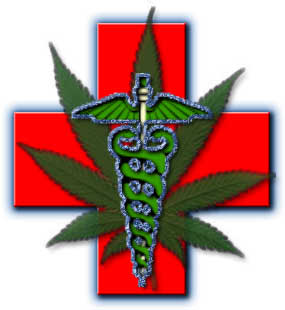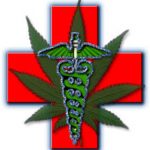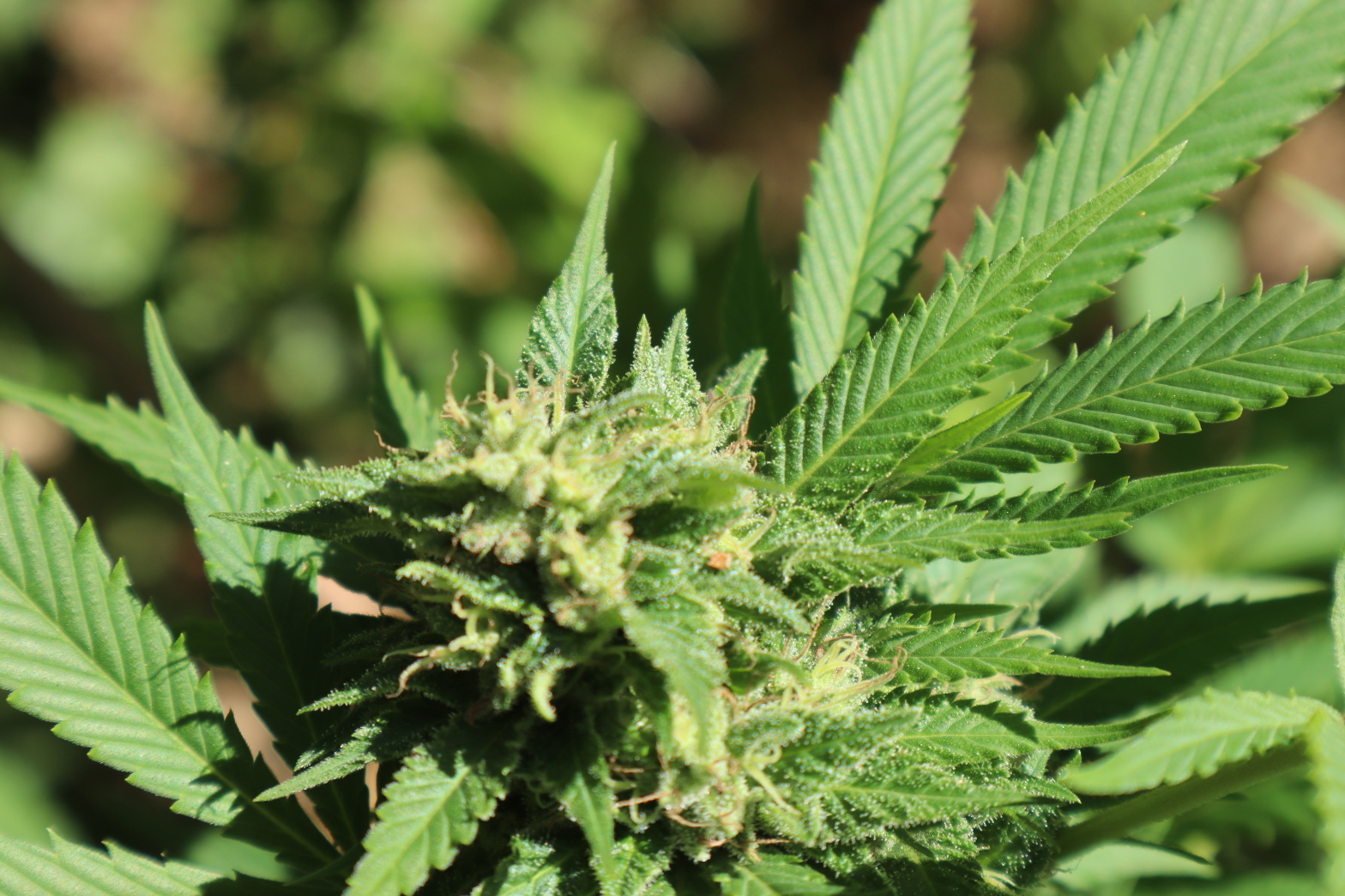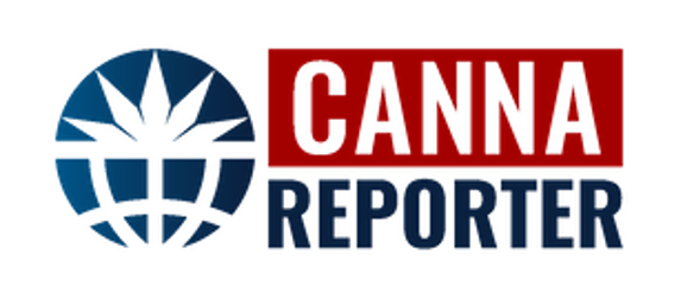STATEMENT ISSUED BY THE EUROPEAN COALITION FOR JUST AND EFFECTIVE DRUG POLICIES
On the occasion of the [European Commission Conference
“Bridging the Research Gap in the Field of Illicit Drugs Research in the EU”->http://www.illicitdrugsresearch.eu/init.xhtml?event=7]
24-25 September 2009, Brussels
The principle justification of the current prohibition of some psychoactive substances (usually referred to as “drugs”) is that this regime reduces the damage that they may produce to public health.
However, as the term “drug” itself indicates, many of these in fact can be used as a medicine as well, in order to maintain or improve the health of people who suffer from various illnesses.
Some of these substances, such as ayahuasca, cannabis, coca leaves, iboga or opium, derive from natural plants. Their use for medicinal purposes forms part of age old traditions. Others are synthetically manufactured products that were discovered only recently, such as amphetamines, MDMA or LSD.
Every therapeutic potential of psychoactive substances should be carefully researched and if proven safe and effective in certain conditions, made available to those who can benefit from this potential – also when it derives from a forbidden substance, whatever the reason of the prohibition.
This is self-evident, or it should be. There is no reason why traditional medicine should be considered less valid than conventional medicine. Both can co-exist if the attitude is based on mutual recognition and respect.
Traditional medicine is practiced by people and families who have discovered and developed ways to cure others involving substances that they have had unrestricted access to.
Due to the fact that substances are prohibited, during the past 50 years this access has been limited to scientists who are supposed to carry out research into the therapeutic applications of these substances. However in a number of instances, there are indications that no sufficient research is being done and that promising trials are being obstructed.
Some anti-drug campaigners have argued that research into the medical potential of illegal drugs presents a false reassuring message about their safety.
We wish to argue that the lack of research into this medical potential deprives hundreds of millions of people across the world of a safe access to substances that could lead to a substantial improvement of their health condition. Consequently, their suffering is a direct consequence of the lax attitude on behalf of authorities and others.
Prohibition of a substance for recreational purposes cannot be a reason to ignore the fact that this substance might play an important role in significantly improving or saving someone’s life.
In the UN conventions that have laid the basis for the universal prohibition of certain substances listed as “dangerous drugs”, an exception has been made to the use of these substances for scientific or medicinal purposes. National governments have the possibility to allow for the production, distribution and consumption of illicit substances if they serve public health purposes.
The therapeutic use of currently illicit substances can have important advantages over their legal alternatives. The properties of cannabis and opium, which can be grown in anybody’s garden, lie in the field of pain control, among others. The legal alternatives for patients suffering from pain are usually sedatives such as Valium (or diazepam, which is a benzodiazepine, not an opiate, not a pain killer), produced by the pharmaceutical industry.
We do not wish to promote the use, medicinal or not, of any drug, illicit or not, but we wish to contribute to a situation where people have the right to make their own informed decisions, to choose the best treatment after considering all options.
However we do wish to promote the research into the therapeutic use of illicit substances, and ensure that the knowledge that is currently available on this use is being spread as widely as possible.
On this website you will find some of the most important examples of reported therapeutic uses of currently illicit substances. This is not a definitive list. As science advances, new properties of known and of newly discovered substances surge to the surface. Therefore we count on your support to keep these pages updated. If you notice any important omissions, please let us know.
If you want to know more about the therapeutic use of these substances, you are wellcome to contact us. We may be able to answer your question or, in case we are not, provide contacts to people who are.
On behalf of Encod,
Marisa Felicissimo, Belgium
Fredrick Polak, The Netherlands
Jorge Roque, Portugal
Antonio Escobar, Spain
Steering Committee

Examples of the therapeutic use of:
Bibliography
[Before Prohibition: Images from the preprohibition era when many psychotropic substances were legally available in America and Europe
>http://addictionscience.net/ASNpreprohibition.htm]. In Addiction Science.com
[Drug Library
>http://www.druglibrary.org/schaffer/]
Missed Opportunities? Beneficial Uses of Illicit Drugs. By Lester Grinspoon and JB Bakalar, in: The Control of Drugs and Drug Users, reason or reaction? By Ross Coomber, Harwoord Academic Publishers.
Hallucinogenic Drugs in Experimental Psychiatric Research, by Julie Holland, M.D.
Bellevue Hospital, NYC
Multidisciplinary association for Psychedelic Studies




 Creative Commons Attribution
Creative Commons Attribution